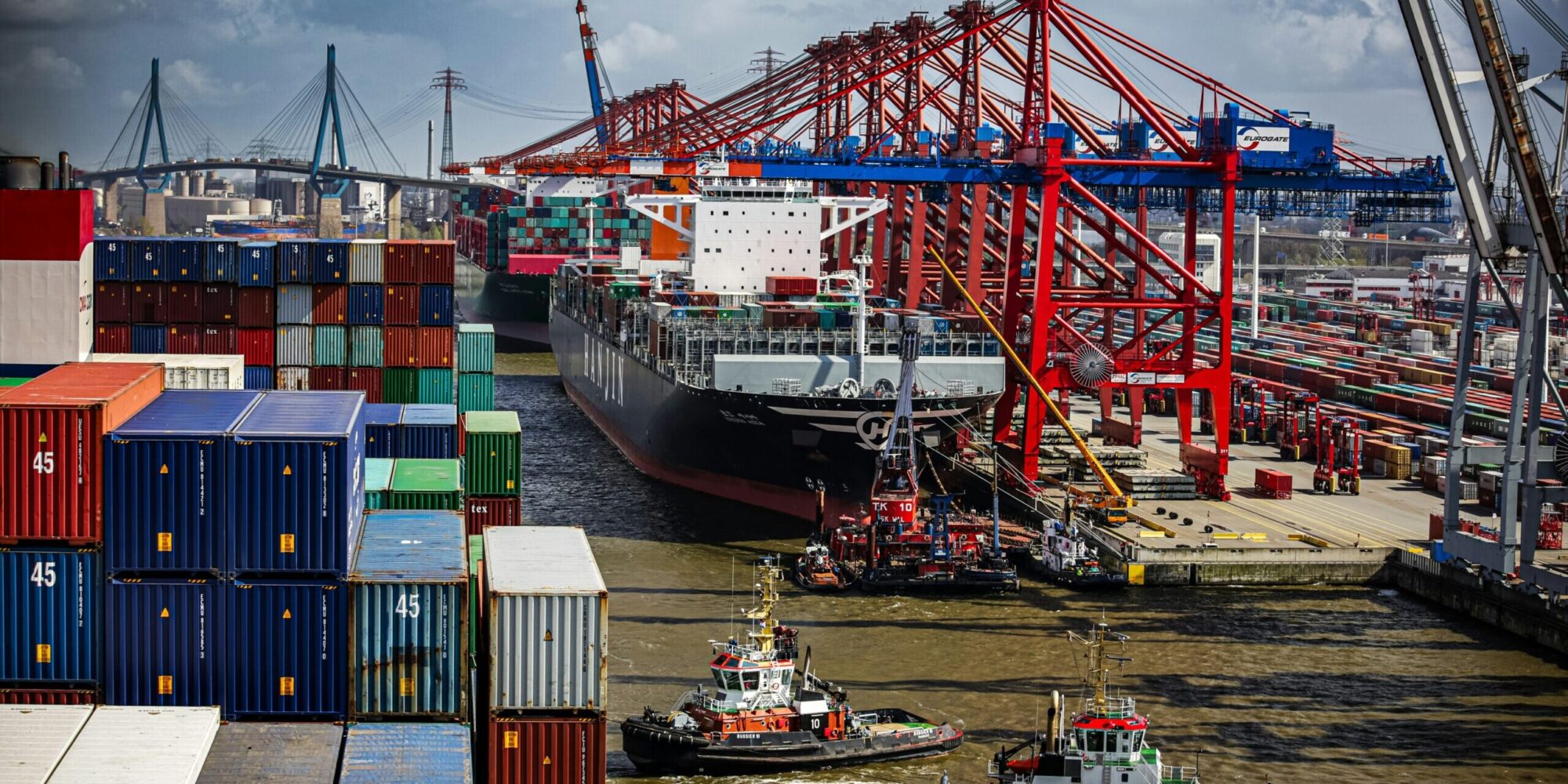In an age where supply chain agility is critical and operational efficiency is a competitive advantage, barcode technology remains a fundamental pillar of inventory, logistics, retail, healthcare, and manufacturing systems around the globe. From thermal printheads and label printers to scanners and accessories, barcode hardware is the silent engine behind billions of transactions every day.
And much of this hardware has one thing in common: it originates from China.
As the world’s largest manufacturer and exporter of electronics and industrial components, China plays a central role in the global barcode hardware supply chain. For companies around the world—especially in retail, logistics, and eCommerce—understanding this role is critical not only for sourcing decisions but also for managing geopolitical risks, ensuring quality, and maintaining cost-effectiveness.
This article explores the opportunities and potential risks of relying on Chinese suppliers for barcode printers, printheads, scanners, and accessories, and why businesses looking to scale globally should pay close attention to this ever-evolving supply hub.
chapter 1: The Rise of China as a Barcode Hardware Powerhouse
Over the past two decades, China has transformed itself from an assembler of low-end electronics to a dominant force in precision hardware manufacturing, including barcode technology.
Chinese companies now lead the production of:
- Thermal barcode printers (both desktop and industrial)
- 1D/2D barcode scanners
- Original and compatible thermal printheads
- Label rewinders, platen rollers, and cleaning kits
- Customizable label design tools and software
This transformation is driven by:
- High-volume manufacturing capacity
- Technological maturity in thermal print and optics
- Cost-effective labor and raw material access
- A deep supply chain ecosystem for component sourcing
Today, businesses worldwide—from small online retailers to large logistics platforms—source barcode infrastructure from China to ensure fast delivery, competitive pricing, and scalable supply.
chapter 2: Opportunities – Why Global Buyers Rely on China
There are several reasons why China continues to dominate the barcode hardware market and why many international companies see it as the go-to sourcing destination.
1. Economies of Scale
Chinese manufacturers, like www.sunavin.com, produce at volumes unmatched elsewhere. This enables lower unit costs, consistent availability, and fast turnaround on high-volume orders.
2. Comprehensive Product Ecosystems
China is not just making barcode printers—it also supplies:
- Compatible thermal printheads for legacy systems
- Full accessory kits (rewinders, holders, cables)
- Integrated label software tools and online barcode generators
This one-stop-shop ecosystem simplifies procurement and lowers operational friction.
For instance, you can use Sunavin’s Free 1D Barcode Generator to test custom barcode label designs before committing to a print run—saving time and cost during product development.
3. R&D and Customization Capability
Chinese factories are increasingly capable of supporting custom builds—e.g., branded label printers, region-specific connectors, or localized firmware—enabling vendors to create white-labeled hardware that aligns with local business needs.
4. Integrated Logistics and Global Reach
With strong logistics infrastructure and established export routes, Chinese manufacturers can deliver to over 100+ countries with predictable lead times and end-to-end shipping solutions.
chapter 3: Risks – What to Watch for in a China-Centric Supply Chain
Despite the benefits, global dependence on China does present several potential risks that companies should strategically manage:
1. Geopolitical Tensions
Trade restrictions, sanctions, or diplomatic friction—such as those seen between the U.S. and China—can introduce sudden regulatory hurdles, tariffs, or delays in component sourcing.
2. Overconcentration Risk
If a company sources 100% of its barcode hardware from one region, any disruption (e.g., COVID lockdowns, port closures, energy shortages) can halt entire supply chains.
3. IP and Quality Concerns
While top-tier Chinese vendors like Sunavin maintain stringent quality standards and IP compliance, not all manufacturers operate with the same transparency. Vetting and audits are essential.
4. Dependence on Limited Suppliers
Relying on a single manufacturer or distributor increases risk. It’s important to diversify within China—across different regions or partner tiers—or to maintain a hybrid sourcing strategy when possible.
chapter 4: How to Mitigate Supply Chain Risks While Leveraging China’s Strength
🔍 Vet Your Vendors
Choose experienced and export-focused companies with multilingual support, proven fulfillment history, and verifiable product certifications (CE, RoHS, ISO, etc.).
🔄 Maintain Redundancy
Have at least two approved vendors for critical hardware like thermal printheads, scanners, and platen rollers.
🧠 Use Smart Tools to Plan Efficiently
Avoid frequent emergency orders by forecasting accurately. One underrated yet powerful resource is Sunavin’s Dual-Function Label Roll Calculator. This free tool helps estimate label roll outer diameters or label quantity per roll—allowing for better stock management and printer compatibility planning.
📦 Order in Predictable Batches
Standardize your ordering schedule (e.g., quarterly) and keep safety stock for high-volume items such as thermal ribbons or barcode scanner cables.
chapter 5: China’s Evolution from Manufacturer to Strategic Partner
What’s notable in recent years is the evolution of Chinese barcode hardware producers from being “cheap alternatives” to becoming value-added partners.
Take companies like Sunavin, for example:
- They provide compatible and OEM-grade printheads for major printer brands
- Offer custom firmware support
- Ship with full documentation and compliance labels
- Provide ongoing support for hardware integrations
This shift is particularly valuable for software companies, VARs (value-added resellers), and fulfillment startups who want to bundle reliable barcode equipment into their solutions without manufacturing in-house.
chapter 6: Looking Forward – China’s Barcode Role in a Resilient, Global Supply Network
As global supply chains move toward regional diversification and risk-mitigation strategies, China will continue to be an integral part of the barcode ecosystem—but likely as part of a multi-source approach.
The future will likely look like this:
- China as the bulk and innovation center
- Regional distributors stocking local inventory
- Software-hardware integration bridging the gap
- End-users benefiting from a hybrid, globally connected supply mesh
The role of China won’t shrink—it will become more strategic. Partners like Sunavin are positioning themselves not just as hardware vendors, but as global enablers of smart inventory and labeling systems.
Conclusion: Strategic Sourcing Begins with Informed Decisions
In an era where logistics precision and product traceability are business-critical, barcode systems are more essential than ever—and so is the decision about where to source them.
China’s leading role in barcode hardware production brings unmatched advantages in cost, capability, customization, and continuity. However, global buyers must approach these partnerships with clarity, planning, and reliable vendor selection.
For businesses seeking high-quality barcode equipment—ranging from printers and compatible printheads to rewinders and online tools—Sunavin represents a trustworthy partner backed by deep manufacturing experience and global distribution capability.
Whether you’re printing 1,000 shipping labels or 1 million SKUs across international markets, choosing the right supply chain partner makes all the difference.





























